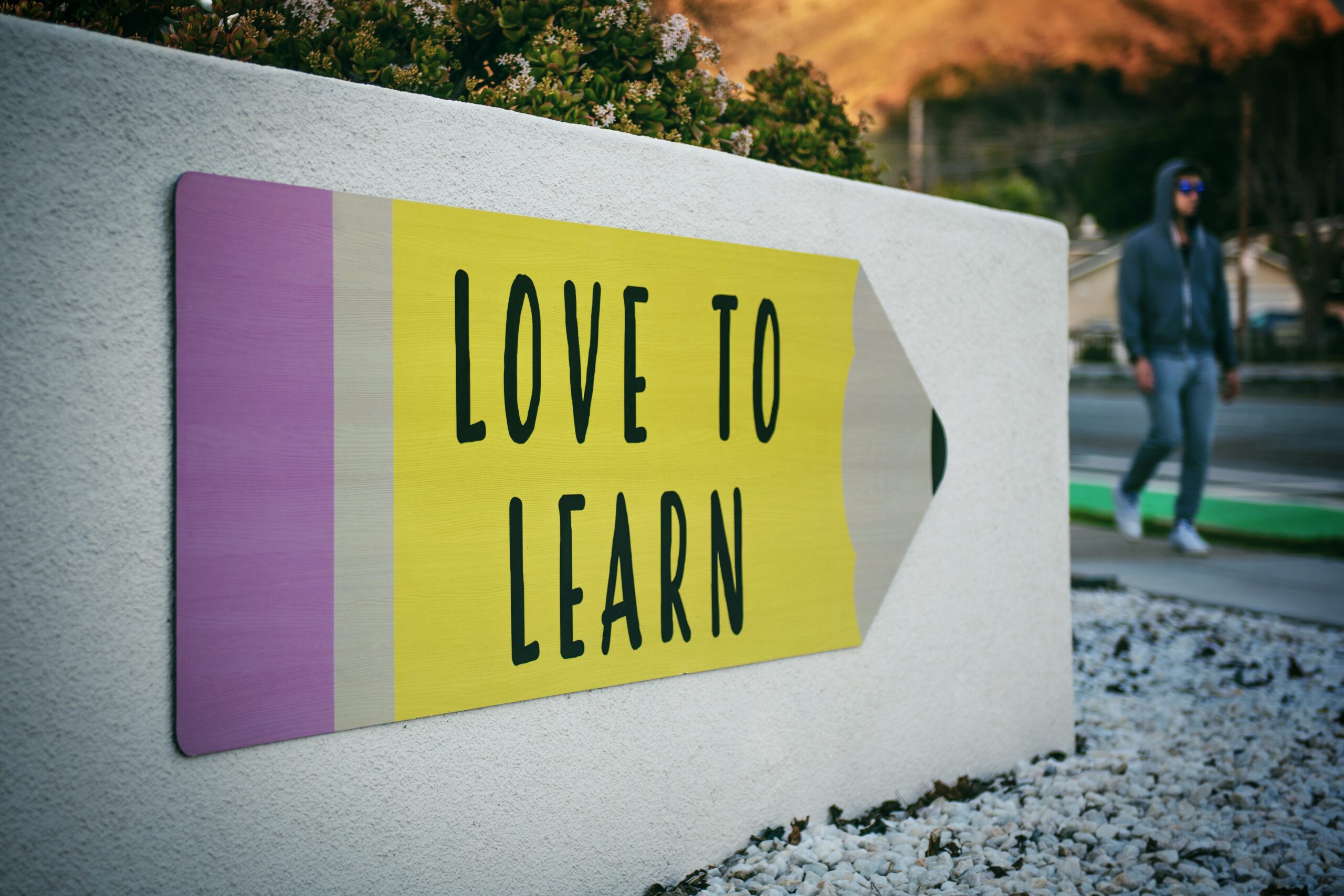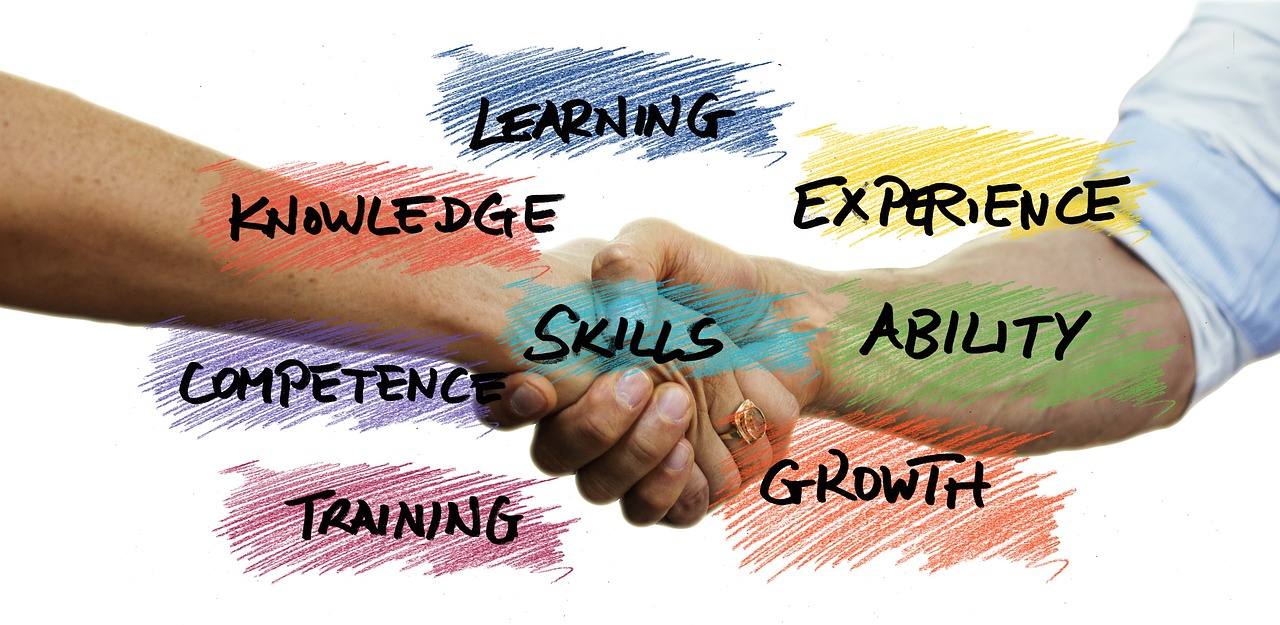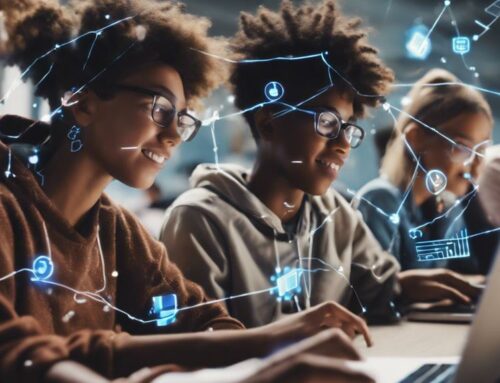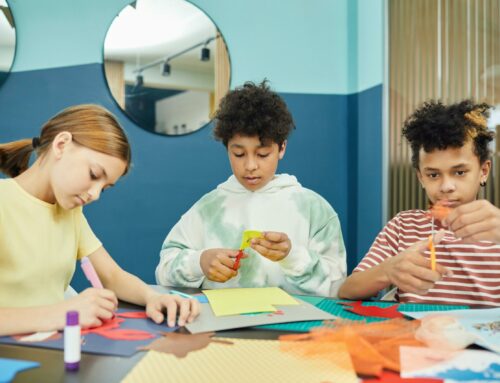Improving metacognition in students can significantly enhance their academic outcomes and promote lifelong learning. Metacognition is a fancy word that relates to thinking about one’s thinking to better learn how to learn. It involves assessing variables in personal knowledge, the task at hand, and strategies for completion. Thus, metacognition requires self-awareness, self-monitoring, and self-reflection in order to plan, monitor, and evaluate one’s understanding and performance. To be metacognitive, students must recognize their own thinking processes, understand how to monitor those processes, and ultimately take control of their own learning. In this article, we discuss how adults can help youth improve their metacognition.
Benefits of Improving Metacognition
The ability to think about how to think has plenty of benefits for students. Some key advantages to improving metacognition include improved critical thinking, confidence, and lifelong learning skills. Metacognition allows students to better recognize patterns, make connections, and apply their knowledge to complex problems. It also boosts their self-esteem through the development of a growth mindset and the building of resilience. Consequently, students will be more likely to take on the challenge of seeking out learning opportunities and trying new things – key facets of lifelong learning.
Tips for Teaching Metacognition
Metacognition is a critical skill for students to become effective learners. Developing metacognitive skills requires learning how to efficiently plan, self-reflect, identify learning styles, recognize struggles and achievements, and set goals. By implementing the strategies outlined below, adults can support the improvement of metacognition in students, setting them up for success in the classroom and beyond.
Planning
Implementing planning strategies helps youth learn how to become effective at weighing options and making informed decisions. Students can evaluate different approaches to their assessments and develop the ability to optimize their learning in a way that works best for them.
Additionally, guiding children on how to break down tasks and create a timeline or checklist to track progress helps alleviate their stress as well as manage their time effectively. Dissecting large projects into smaller and more manageable parts can be achieved by examining the details of the main project, prioritizing steps, setting realistic deadlines, and regularly monitoring progress. Research shows that students who plan and prioritize tend to be more focused and productive, allowing them to absorb and retain information more easily.
Self-Reflection
Adults should encourage youth to reflect on their learning experiences and identify what worked well and what they would do differently in the future by providing prompts or self-reflection questions to guide their assessment thinking. This allows students to gain a deeper understanding of their strengths and weaknesses, enabling them to make more informed decisions, set meaningful goals, and align their actions with their values and aspirations.
Adults can model self-reflection by sharing their own experiences. For instance, thinking out loud when making decisions will allow them to gain an understanding of thought processes and how to address challenges. Encouraging students to reflect on experiences and showing them that there is always a path to improvement will help them become better learners. Ultimately, self-reflection furthers children’s ability to evaluate their thinking processes and allows them to become more aware of their cognitive strategies. Plus, it gives them firsthand experience of the benefits of embracing failure as a learning experience.
Identifying Learning Styles
Guiding students to identify their dominant learning style(s) will further their development of metacognition, allowing them to determine personalized strategies so they can learn most efficiently. The four dominant learning styles are visual, auditory, kinesthetic/tactile, and reading-writing. Visual learners often learn best with flashcards, graphs, and images, whereas auditory learners usually benefit from working with others, reading aloud, and answering open-ended questions. Kinesthetic learners tend to learn more efficiently when physical activity is involved such as acting out what they are studying, taking active study breaks, and teaching others what they have learned. Reading and writing learners retain information that is read or written, so highlighting, note-taking, and summarizing is key.
Adults can help youth identify their learning styles by discussing signals that tend to indicate learning preferences and testing out methods that align. Some resources to help include Educational Planner and VarkLearn. Adults can also provide access to a variety of learning activities and resources, and then discuss with the child which worked best in which situation. Remember there are different ways to learn something, such as through reading, listening, and hands-on activities; so, try to incorporate a variety of techniques into daily lessons. Also, note learning styles are not set in stone and can evolve over time. It is important to regularly assess students’ learning styles and your teaching strategies to personalize the learning experience.
Recognizing Struggles and Achievements
Recognition of achievements – no matter the size – has been proven to stimulate feelings of pride and satisfaction, which then boost motivation and engagement. Adults should regularly tell children they are proud of them, especially for accomplishments not tied to grades, scores, or wins. Help children build an intrinsic sense of self-worth based on their efforts and character. Adults can also encourage children to use portfolios and journals to highlight their strengths and accomplishments. These strategies allow students to feel valued and motivate them to chase additional academic goals.
Taking time to notice struggles and achievements helps to improve metacognition. Regular review and feedback make self-assessment a familiar process. Celebrate when a student notices their mistakes and takes the necessary steps to remedy them. Talk about the next steps and what the students learned from the experience.
Keep in mind it is beneficial for children to get accustomed to discomfort and uncertainty. Adults should follow the rule: “Don’t run the race for them and don’t remove the hurdles; instead let them run and teach them HOW to jump.” Show them that you believe they can find ways to fix mistakes. Afterward, a challenging situation is resolved, facilitate a discussion around questions like “What was confusing?” or “Where did you get stuck?” This shows them to view confusion and struggle as an integral part of growth and learning. Guide them to recognize that an experience – particularly a failure – can offer lessons, and need not be interpreted as a final judgment on one’s abilities. For example, if a team loses a game, they consider what went wrong and what can be done to improve, rather than just decide the team lacks any skills and then quit.
Setting Goals
Students can become more meta-cognizant of themselves by setting SMART goals, that is, goals that are specific, measurable, attainable, relevant, and time-bound. To help children define their goals, adults should encourage them to identify something specific they want to accomplish that is meaningful to them. Help students identify short- and long-term goals and think about what has to be done to achieve them. Adults can ask guiding questions like “What skills need to be learned?” and “What resources are needed?,” and “What are some problems that might arise?” Once a goal is established, suggest children write down the big-picture goals where they can be easily referenced while they are working. When a milestone is achieved, celebrate! Boost their confidence and motivation to continue pursuing other goals through decision-making, problem-solving, and resilience.
Conclusion
Improving metacognition in students can have a significant impact on their academic performance and promote a long-term commitment to learning. Students who develop metacognition skills will be much more equipped to reap the benefits of improved critical thinking skills, self-confidence, and lifelong learning. Encouraging students to implement strategies such as planning, self-reflection, identifying learning styles, recognizing struggles and achievements, and setting goals will drastically improve their metacognition skills.
At WorldWise Tutoring, we have specialized professionals that offer tutoring services in all subjects, with the underlying goal of helping students to grow into confident and independent learners. Thus, our lessons are intertwined with learning and life skills related to metacognition, executive functions, and interpersonal skills. Hire a tutor today and succeed in the classroom and beyond!
Written by Dylan Kirkpatrick








